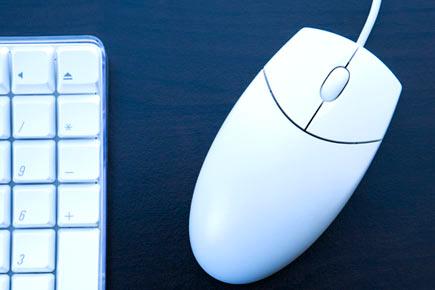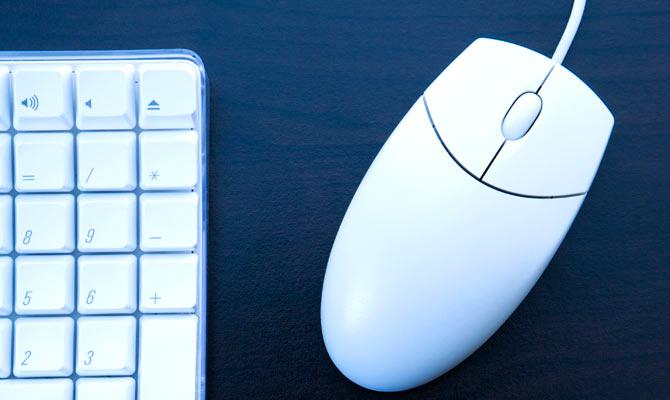On the second death anniversary of American engineer Douglas Engelbart, who is credited with the invention of the computer mouse we look back at how the man stumbled upon his most widely used innovation and it's early history...

On the second death anniversary of American engineer Douglas Engelbart, who is credited with the invention of the computer mouse we look back at how the man stumbled upon his most widely used innovation and it's early history...
ADVERTISEMENT

A representational image of a computer mouse next to a keyboard
Early experiments and discoveries
The mechanism behind the mouse has its origins tracing back to the post-World War II era. In 1946, Ralph Benjamin invented the trackball as part of a fire-control radar plotting system called Comprehensive Display System (CDS). Benjamin's project used analog computers to calculate the future position of target aircraft based on several initial input points provided by a user with a joystick. He felt that a more elegant input device was needed for this purpose and hit upon the idea of creating a ball tracker called roller ball.
Only a prototype of the roller ball using a metal ball rolling on two rubber-coated wheels was ever built after being patented in 1947. The device was kept as a military secret. Ralph Benjamin was then working for the British Royal Navy Scientific Service during the invention of the roller ball.
British electrical engineer Kenyon Taylor built a trackball similar to Ralph Benjamin's creation in 1952. Taylor was part of the original Ferranti Canada, working on the Royal Canadian Navy's DATAR (Digital Automated Tracking and Resolving) system and created the device in collaboration with Tom Cranston and Fred Longstaff.
The trackball used four disks to pick up motion, two each for the X and Y directions with several rollers provided for mechanical support. When rolled, the pickup discs spun and contacts on their outer rim made periodic contact with wires, producing pulses of output with each movement. The physical movement of the ball could be determined by counting the pulses, which were calculated by a digital computer with the data being sent to other ships in a task force using pulse-code modulation radio signals. This trackball used a standard Canadian five-pin bowling ball and was not patented, as it was a secret military project as well.
Douglas Engelbart designs the mouse
Douglas Engelbart an engineer and inventor of the Stanford Research Institute, which is now SRI International, invented his first mouse prototype in the 1960s with the assistance of his lead engineer Bill English. The device was named the mouse as early models had a cord attached to the rear part of the device looking like a tail and generally resembling the common mouse. Since SRI held the patent, which ran out before it became widely used in personal computers, Engelbart did not receive any royalties.
The Rollkugel
German company Telefunken released a mouse device named Rollkugel on 2nd October, 1968. Rollkugel means rolling ball in the German language. This occured two months before Douglas Engelbart released a demo of his mouse on 9th December. Like Engelbart's mouse it was based on an earlier trackball-like device, which was also named Rollkugel, which was embedded into radar flight control desks developed around 1965.
The Xerox Alto was one of the first computers designed for individual use in 1973, and is regarded as the grandfather of computers that utilize the mouse. Inspired by PARC's Alto, the Lilith, a computer, which had been developed by a team around Niklaus Wirth at ETH Zürich between 1978 and 1980, provided a mouse as well. The third marketed version of an integrated mouse shipped as a part of a computer and intended for personal computer navigation came with the Xerox 8010 Star Information System in 1981. In 1982, Microsoft made the decision to make the MS-DOS program Microsoft Word mouse-compatible and developed the first PC-compatible mouse. Microsoft's mouse shipped in 1983, thus beginning Microsoft Hardware. However, the mouse remained relatively obscure until the 1984 appearance of the Macintosh 128K, which included an updated version of the original Lisa Mouse.
 Subscribe today by clicking the link and stay updated with the latest news!" Click here!
Subscribe today by clicking the link and stay updated with the latest news!" Click here!






